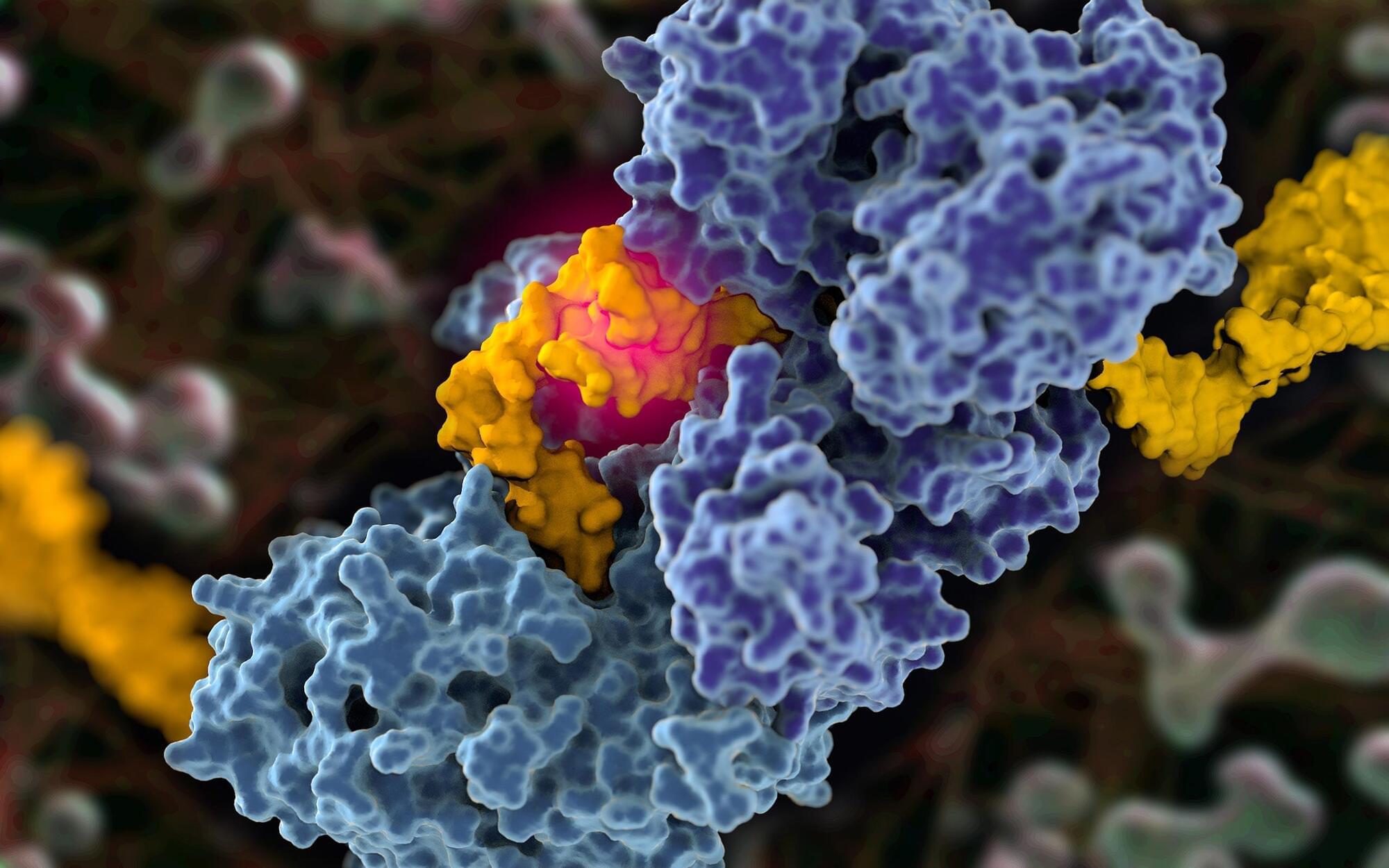A new structural blueprint paves the way for improved targeting of cancer cells, particularly those with BRCA1 and BRCA2 mutations. DNA repair proteins function as the body’s molecular editors, continuously identifying and correcting damage to our genetic code. A longstanding challenge in cancer research has been understanding how cancer cells exploit one such protein—polymerase theta (Pol-theta)—to support their survival. Now, scientists at Scripps Research have captured the first high-resolution images of Pol-theta in action, shedding light on its role in cancer development.
